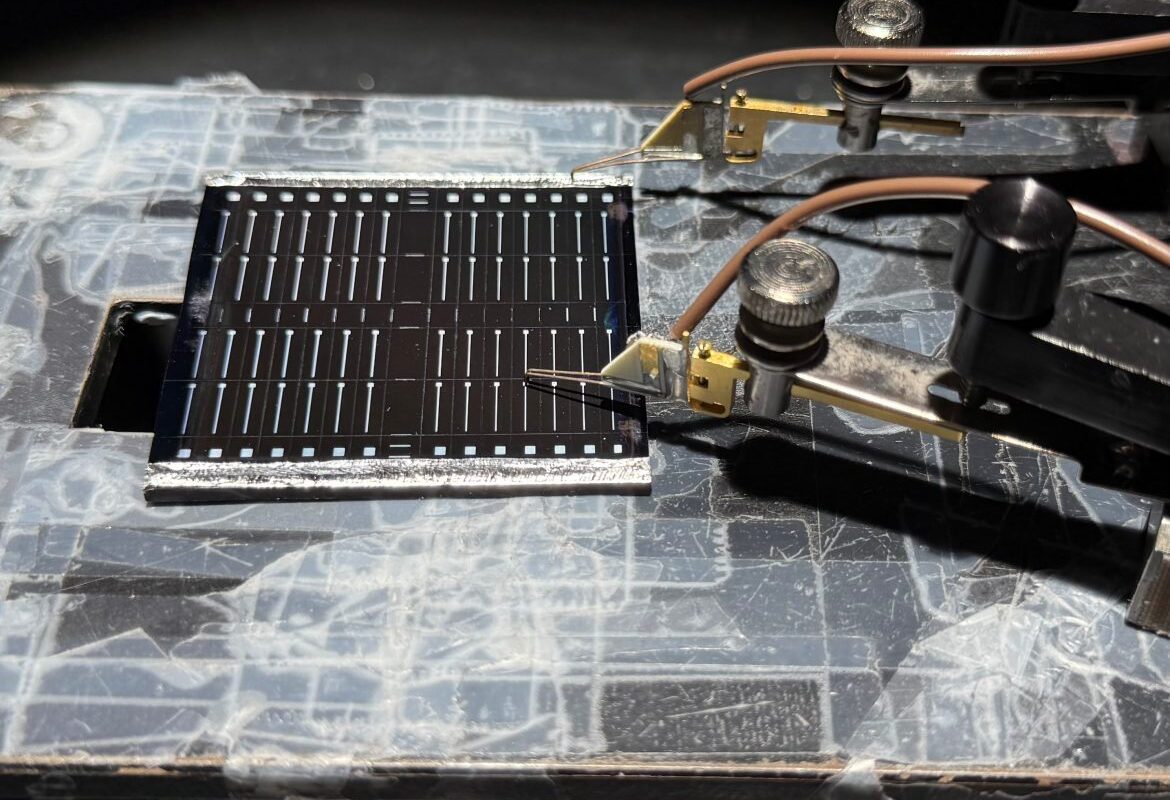A Portuguese research team has compared several applied machine learning techniques to perform fault detection in air-to-air heat pumps in cooling mode and has identified four algorithms showing a high level of performance based on the metrics of accuracy, precision, recall, and F1 score, which is a key figure used to measure the performance of classifications.
The steep growth in the deployment of heat pumps in building heating, ventilation, and air-conditioning (HVAC) systems creates a demand for ease of maintenance and reliability through early detection of system faults, according to the research team.
“The utilization of artificial intelligence (AI) tools is progressively evolving, which makes it capable of potentializing the development in several areas,” the research’s corresponding author, Pedro Barandier, told pv magazine, explaining that the research was motivated by the “remarkable growth” of heat pumps, and the promise of classification algorithms, neural networks, and other AI tools to improve the reliability of such systems, especially when employed alongside internet of things technologies.
Python was used to conduct the comparative analysis of supervised learning classification algorithms for fault detection. The algorithms studied included Naïve Bayes, Support Vector Machine, Logistic Regression, and K-nearest Neighbors with the plan to evaluate them based on accuracy, precision, recall, and F1 score, a measure of the harmonic mean of precision and recall.
The team chose typical faults in cooling mode, such as compressor and reversing valve leakage, improper condenser and evaporator fouling, liquid line restriction, refrigerant undercharge and overcharge, and the presence of non-condensable gases.
A dataset stemmed from earlier research involving a residential 8.8 kW heat pump (HP), with a scroll compressor and a thermostatic expansion device was used. It contained 96 variables and was built from 7,374 tests performed in cooling mode, including temperatures, pressures, air and refrigerant mass flow rates, electrical power, coefficients of performance, fault levels and more. Several parameters on the heat pump thermodynamic circuit were also present, such as temperatures, pressures, mass flow rate and compressor electrical power.
Several rounds of feature selection were carried out. In addition, a principal component analysis was also executed, and it was observed that ten components explain more than 90 % of the variance. To identify the variables with the most impact on results, an ablation study was also conducted, as was a correlation matrix to further reduce the number of features.
A connection weight approach through a single-layer artificial neural network was carried out and 40 features were selected. In addition, a synthetic minority oversampling technique (SMOTE) was performed to balance out the healthy cases in the training set.
The best results were achieved with K-nearest Neighbors, exhibiting the highest values for each of the four metrics, over 99% after a cross-validation considering a reduced number of components. But Naïve Bayes, Support Vector Machine, and Logistic Regression also achieved over 90% performance metrics.
Other models were superficially analyzed using the machine learning tool PyCaret, according to the team. “Ridge Regression is on average the fastest of the best-performing algorithms with high values for accuracy, precision, recall, and F1. This is an important finding, considering that no previous applications of this algorithm were found in the literature for diagnosis of HP faults,” it concluded.
Looking ahead, the research team will expand beyond fault detection. “As the fault diagnosis process relies on different intrinsic aspects, this work regarded just the first one, fault detection. The next objective of the team is to further develop the acquired knowledge in order to develop a complete and efficient heat pump fault diagnosis system that can be exploited by engineers and professionals worldwide,” said Barandier.
The study is detailed in “Comparative analysis of four classification algorithms for fault detection of heat pumps,” published by Energy and Buildings. The researchers were from Portugal’s Polytechnic University of Coimbra and CISE – Electromechatronic Systems Research Centre, University of Beira Interior.
This content is protected by copyright and may not be reused. If you want to cooperate with us and would like to reuse some of our content, please contact: editors@pv-magazine.com.



By submitting this form you agree to pv magazine using your data for the purposes of publishing your comment.
Your personal data will only be disclosed or otherwise transmitted to third parties for the purposes of spam filtering or if this is necessary for technical maintenance of the website. Any other transfer to third parties will not take place unless this is justified on the basis of applicable data protection regulations or if pv magazine is legally obliged to do so.
You may revoke this consent at any time with effect for the future, in which case your personal data will be deleted immediately. Otherwise, your data will be deleted if pv magazine has processed your request or the purpose of data storage is fulfilled.
Further information on data privacy can be found in our Data Protection Policy.